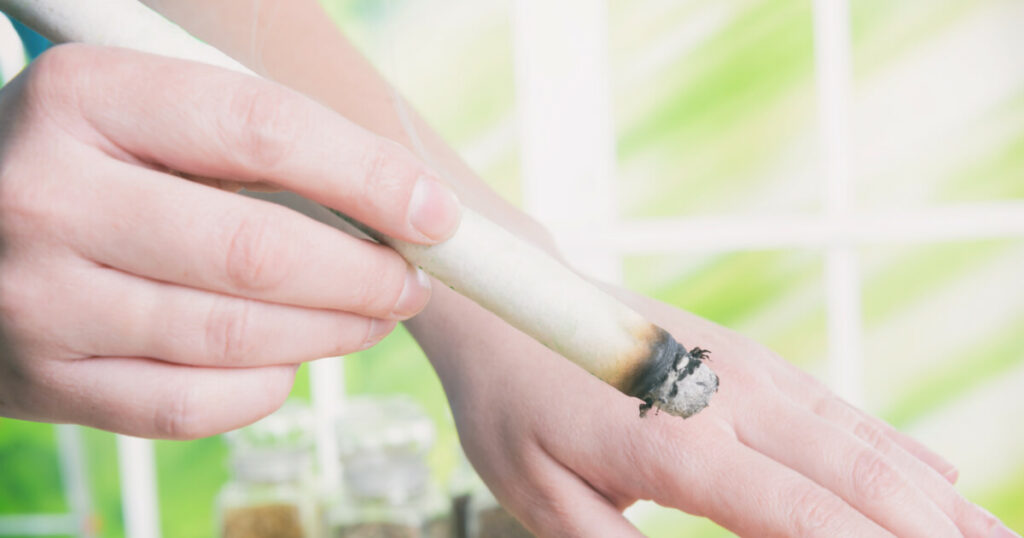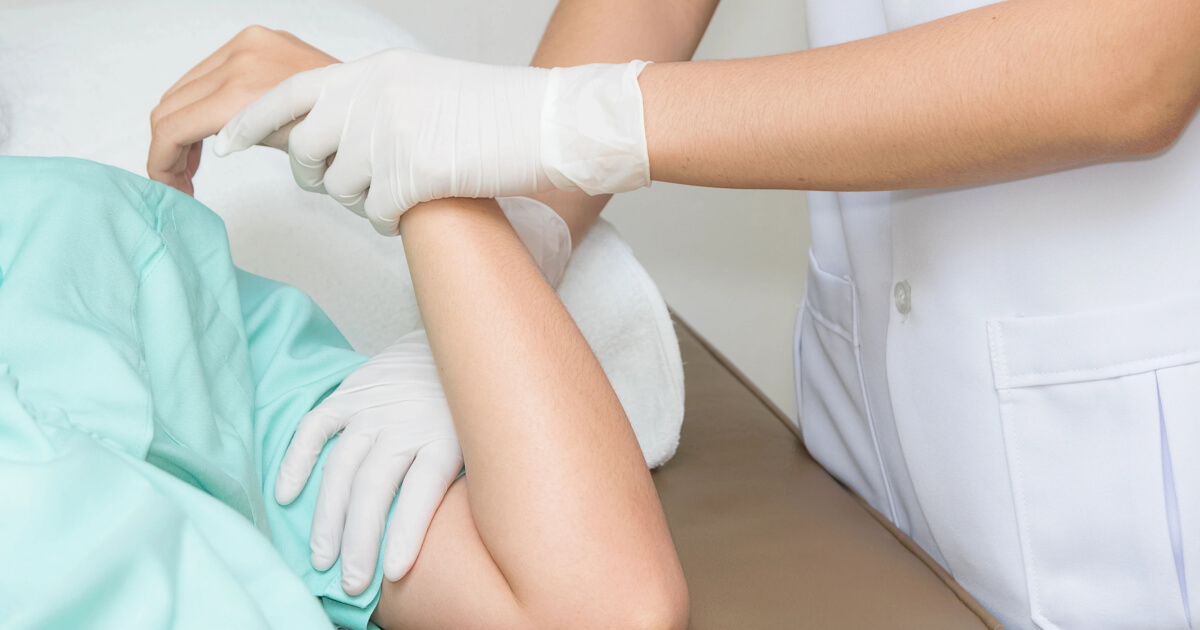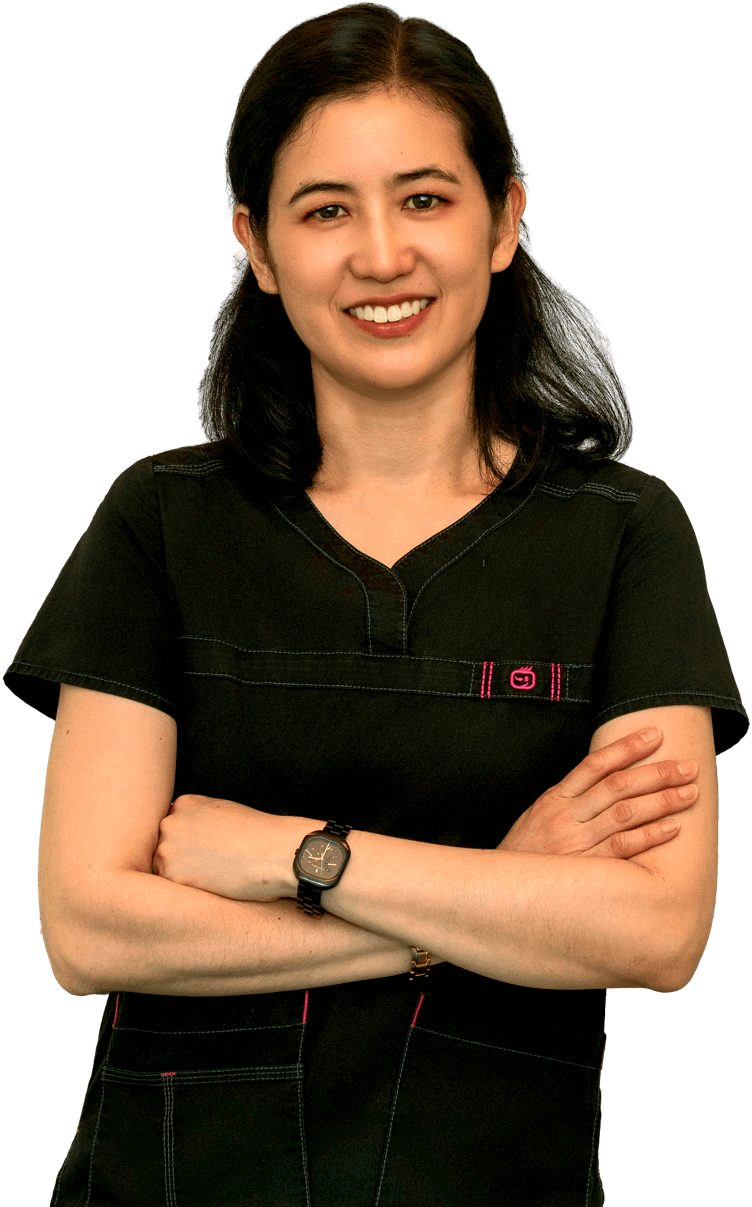Introduction
Stroke remains a leading cause of disability worldwide, with survivors often grappling with debilitating motor dysfunctions and diminished quality of life. While modern rehabilitation methods offer valuable support, many patients seek alternative therapies that can complement traditional treatments and accelerate their recovery journeys. One such promising approach is the ancient practice of acupuncture, which has gained increasing recognition for its ability to address the multifaceted challenges faced by stroke patients.
In this comprehensive article, we delve into the clinical efficacy of acupuncture in stroke rehabilitation, exploring its function after stroke, the latest research findings, and the practical application of this holistic therapy. By synthesizing insights from a diverse range of studies, we aim to provide a robust understanding of how acupuncture can be seamlessly integrated into comprehensive stroke rehabilitation programs, empowering patients to reclaim their independence and improve their overall well-being.
The Burden of Stroke: Navigating the Complexities of Rehabilitation
Stroke, a devastating cerebrovascular event, is one of the leading causes of disability globally, with a significant impact on patients, their families, and healthcare systems. The incidence and mortality rates of stroke remain high, and survivors often face a daunting road to recovery, grappling with various degrees of physical, cognitive, and functional impairments. Depending on the type of stroke, patients may have different after effects.
Hemiplegia, a common consequence of stroke, manifests as muscle weakness, spasticity, and limited mobility on the affected side, severely impacting a patient’s ability to perform daily activities and compromising their independence. Conventional rehabilitation methods, such as physical therapy, occupational therapy, and modern medical interventions, have made significant strides in addressing these challenges. However, the cost and effectiveness of these approaches can vary, highlighting the need for more accessible and holistic rehabilitation solutions.
Acupuncture: A Promising Complement to Conventional Stroke Rehabilitation
Acupuncture, an integral component of traditional Chinese medicine, has long been recognized for its potential in the rehabilitation of neurological conditions, including stroke. This ancient practice, which involves the strategic insertion of thin needles at specific points on the body, has been shown to exert a range of beneficial effects on the recovery process.
One of the key advantages of acupuncture is its relatively low cost compared to other rehabilitation interventions, making it a more accessible option, particularly in underserved regions. Additionally, the World Health Organization has acknowledged the effectiveness of acupuncture in the rehabilitation of brain injury-related diseases, underscoring its growing acceptance within the medical community.
Mechanisms of Action: How Acupuncture Facilitates Stroke Recovery
The mechanisms by which acupuncture enhances stroke recovery are multifaceted and involve a complex interplay of physiological processes. Here, we explore some of the key pathways through which acupuncture exerts its therapeutic effects:
Improving Cerebral Circulation and Oxygen Supply
Acupuncture has been shown to dilate blood vessels, improve cerebral circulation, and increase the oxygen supply to damaged nerve tissues. This enhanced blood flow and oxygenation can promote the repair and regeneration of neurons, facilitating functional recovery.
Neuroprotection and Neural Plasticity
Acupuncture stimulation can activate neuroprotective pathways, inhibiting apoptosis (programmed cell death) and promoting the proliferation of neural stem cells. This, in turn, supports the formation of new neural connections and the reorganization of the brain’s neural networks, a process known as neural plasticity, which is crucial for functional recovery after a stroke.
Modulating Inflammatory Responses
Stroke-induced inflammation can exacerbate neuronal damage and impede recovery. Acupuncture has been found to attenuate the inflammatory cascade by regulating the expression of key inflammatory mediators, such as cytokines and chemokines, thereby creating a more favorable environment for tissue repair and regeneration.
Enhancing Cognitive and Motor Function
Acupuncture is widely known to improve cognitive and motor function in stroke patients with stroke after effects, potentially through its ability to regulate neurotransmitter systems, such as the serotonergic (5-HT) and dopaminergic pathways, which are integral to learning, memory, and movement coordination. Scalp acupuncture, where a practitioner inserts needles directly above the top of the head, helps to awaken these brain cells and stimulate cognitive function. Additionally, studies have shown that acupuncture helps to speed up the process of the recovery of limb motor function.
Clinical Evidence: Acupuncture’s Efficacy in Stroke Rehabilitation
Numerous studies have examined the clinical effects of acupuncture in the rehabilitation of stroke patients, providing valuable insights into its potential benefits.
Short-Term Efficacy
A clinical study involving 128 stroke patients aged 41 to 73 years found that the group receiving acupuncture combined with standard physical therapy demonstrated better short-term outcomes compared to the control group, which received standard physical therapy without acupuncture. The acupuncture group showed significant recovery from injury during rehabilitation, reduced muscle spasticity, improved self-care abilities in daily life, and a lower overall degree of functional impairment.
Long-Term Efficacy
The same study also examined the long-term effects of acupuncture, revealing that as the number of acupuncture treatments increased, the efficacy of the intervention group remained superior to that of the control group. This suggests that the cumulative benefits of acupuncture can lead to sustained improvements in motor function and quality of life for stroke patients.
Acupuncture Versus Physical Therapy Alone

Several other studies have corroborated the finding that acupuncture, when used in conjunction with conventional physical rehabilitation, can yield better short-term and long-term clinical outcomes for stroke patients, surpassing the effects of physical therapy alone. Acupuncture has been shown to promote recovery of motor function, improve independence in activities of daily living, and enhance the overall quality of life for stroke survivors.
Integrating Acupuncture into Comprehensive Stroke Rehabilitation
To harness the full potential in acupuncture for stroke rehabilitation, it is essential to adopt a holistic and integrated approach, where acupuncture is seamlessly incorporated into a comprehensive rehabilitation program tailored to the individual needs of the patient.
Personalized Treatment Protocols
The selection of acupuncture points and the frequency of treatments should be based on the patient’s specific stage of recovery, as determined by the Brunnstrom staging system. During the early stages of hemiplegia, acupuncture points such as Neiguan, Sanyinjiao, and Shuigou may be prioritized to address muscle weakness and spasticity. As the patient progresses through recovery after stroke, the acupuncture protocol can be adjusted to target more advanced functional goals, such as improving coordination, gait, and independence in daily activities.
Multidisciplinary Collaboration
Effective stroke rehabilitation requires a collaborative effort among various healthcare professionals, including physicians, physiotherapists, occupational therapists, and traditional Chinese medicine practitioners. By fostering interdisciplinary cooperation, clinicians can develop personalized treatment plans that seamlessly integrate acupuncture with other rehabilitation modalities, ensuring a comprehensive and coordinated approach to patient care.
Patient Education and Engagement
Empowering stroke patients and their caregivers with knowledge about the potential benefits of acupuncture can enhance treatment adherence and engagement. Providing patients with a clear understanding of the acupuncture therapy process, its mechanisms of action, and its role within the broader rehabilitation framework can instill a sense of hope and actively involve them in their recovery journey.
Overcoming Challenges and Limitations
While the evidence supporting the use of acupuncture in stroke rehabilitation is promising, there are still some challenges and limitations that must be addressed to ensure its widespread adoption and optimal outcomes.
Methodological Inconsistencies in Clinical Trials
Some previous studies have been criticized for their suboptimal trial design, lack of control groups, and small sample sizes, which can limit the generalizability of their findings. Addressing these methodological shortcomings through well-designed, large-scale, randomized controlled trials will strengthen the evidence base and bolster the acceptance of acupuncture in the treatment of stroke from within the medical community.
Standardization of Acupuncture Protocols
The heterogeneity in acupuncture techniques, point selection, and treatment frequencies used across different studies can make it challenging to establish clear guidelines and best practices. Developing standardized acupuncture protocols tailored to specific stages of stroke recovery can help to optimize treatment outcomes and facilitate the integration of this therapy into mainstream rehabilitation programs.
Accessibility and Integration into Healthcare Systems
Ensuring the widespread availability and accessibility of acupuncture services, particularly in underserved areas, remains a significant challenge. Integrating acupuncture into existing healthcare systems, reimbursement policies, and multidisciplinary rehabilitation programs can help to overcome these barriers and make this therapy more readily available to stroke patients in need.
Future Directions and Research Opportunities
As the research on the role of acupuncture in stroke rehabilitation continues to evolve, several promising avenues for future exploration have emerged:
Investigating Neurophysiological Mechanisms
Deepening our understanding of the precise neurophysiological mechanisms underlying the beneficial effects of acupuncture, such as its impact on neural plasticity, neurotransmitter regulation, and inflammatory modulation, can provide valuable insights to guide the optimization of treatment protocols and enhance their clinical efficacy.
Exploring Multimodal Approaches
Investigating the synergistic effects of combining acupuncture with other complementary therapies, such as electroacupuncture, transcranial magnetic stimulation, or traditional Chinese herbal medicine, may yield even more promising outcomes for stroke rehabilitation.
Expanding the Scope of Outcome Measures
While the current research has primarily focused on motor function and activities of daily living, future studies could explore the impact of acupuncture on cognitive, emotional, and psychosocial aspects of stroke recovery, providing a more comprehensive understanding of its holistic benefits.
Conclusion
Acupuncture has emerged as a promising complement to conventional stroke rehabilitation, offering a holistic approach to addressing the multifaceted challenges faced by stroke survivors. The growing body of clinical evidence suggests that the strategic integration of acupuncture into comprehensive rehabilitation programs can lead to recovery of limb motor function, enhanced independence in daily activities, and better overall quality of life for stroke survivors.
By harnessing the unique mechanisms of action of acupuncture, clinicians can tailor personalized treatment protocols to the individual needs of each patient, leveraging the synergistic benefits of this ancient practice alongside modern rehabilitation techniques. As the field continues to evolve, addressing methodological limitations and exploring innovative multimodal approaches will further strengthen the evidence base and pave the way for the widespread adoption of acupuncture in stroke rehabilitation.
Ultimately, the integration of acupuncture into stroke care represents a holistic and patient-centered approach, empowering stroke survivors to reclaim their independence, improve their well-being, and embark on a more promising path to recovery.
Our Clinic
Our clinic has over 15 years of experience in acupuncture. We have experience in treating minor issues like back pain and stress, to more complex cases like nephropathy and injury-related rehabilitation. Each case is managed with care and expertise, and treatments are individualized to meet each patient’s needs and goals. We are located in the heart of Williston Park and are currently accepting new patients. To learn more about acupuncture and how it can benefit you, contact our office at (516) 882-1292.

